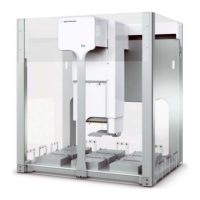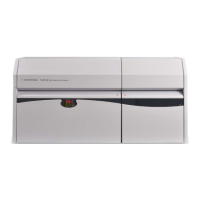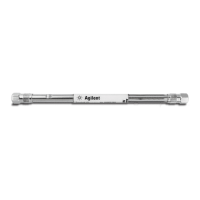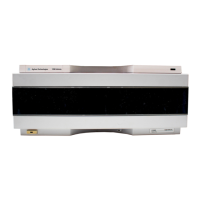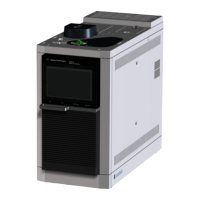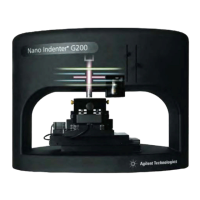13
Chapter 1: PlateLoc introduction
PlateLoc User Guide
Seal material
About this topic This topic explains the types of seal material that are available and the
factors that might affect seal quality.
Seal supplied with
the PlateLoc
A roll of seal is supplied with the PlateLoc. To ensure optimal seal
quality, Velocity11 recommends that you run optimization tests to
determine the best sealing parameters to use for each plate type and
application.
Selecting other seals !! DAMAGE HAZARD !! Use only Velocity11 seals with the
PlateLoc. Seals from another manufacturer might not seal properly
in the PlateLoc and can damage the device.
Velocity11 offers a variety of seals with different properties, including:
❑ Clear seals. Allows you to see the contents of the plate.
❑ Aluminum seals. Protects light-sensitive samples or compounds in
the plate.
❑ Peelable seals. Allows you to peel the seal off the plate in a
downstream task.
❑ Non-pierceable seals. Protects the plate contents from accidental
piercing.
The type of seal you can use depends on a number of factors, including:
❑ Plate material
❑ Plate design
❑ Plate properties (for example, optical and physical properties)
❑ Plate contents (samples, reagents, and so on)
❑ Application (for example, PCR, DNA sequencing, compound
storage, and so on)
❑ Storage duration and conditions
For a complete list of seals and selection guidelines, see the PlateLoc
Thermal Plate Sealer Seal Selection Guide. You can locate the guide on
the Velocity11 website at www.velocity11.com.
Velocity11 recommends that you run optimization tests to determine the
best seals to use. See “Optimizing seal quality” on page 77 for some test
guidelines.
Related topics
For more information about... See...
Plate requirements “Plate requirements” on page 9
Inserts (plate supports) “Inserts” on page 10
Optimizing seal quality “Optimizing seal quality” on page 77
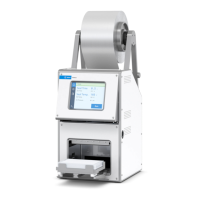
